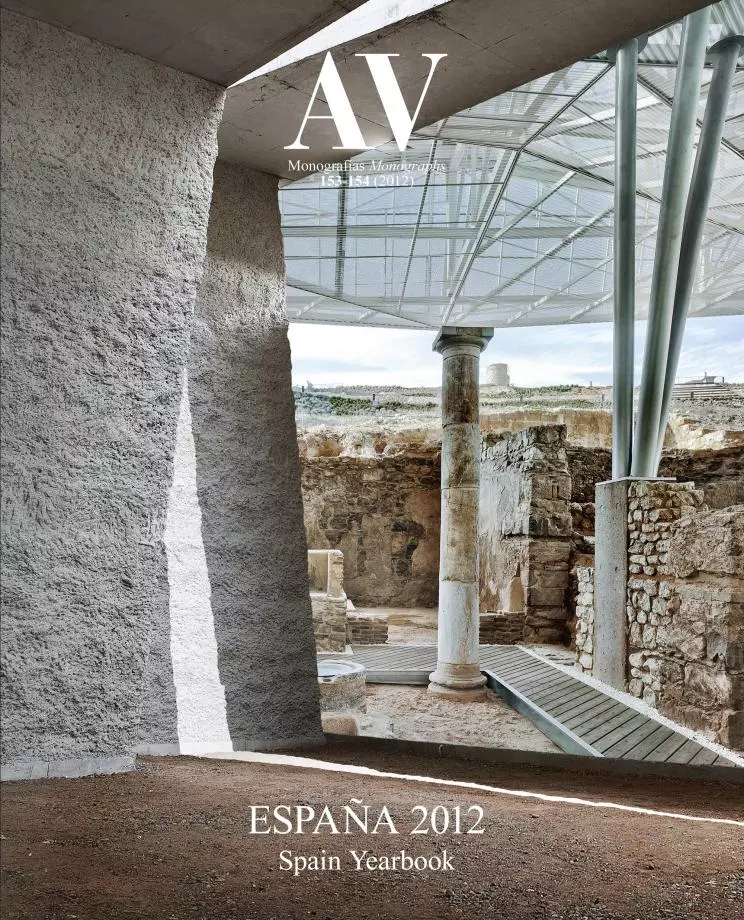
1935-2011
Author of the unique wood and slate pavilion with which Hungary participated in the Universal Expo of Seville in 1992, Imre Makovecz trained as an architect in Budapest. His critical view of the Communist regime first and, after its demise in 1989, of globalization and corporate culture, prompted him to develop a markedly nostalgic and anti-modern organicist language, more indebted to the oneiric forms of Rudolf Steiner and Modernism than to the work of Frank Lloyd Wright. Hence, projects like the Community Center in Kakasd (1996), the pool in the city of Eger (1993), or the Pázmány Péter Catholic University compex (1995), stand out both for their praise of romantic nationalism – in tune with the conservative thought of the architect –, and for their great formal inventiveness, redeveloping traditional Hungarian themes in a completely open way. His last work was the design of housing for the victims of the red mud spill of October 2010 in the town of Kolontár. Makovecz was a member of the International Academy of Architecture since 1987, and president of the Hungarian Academy of Fine Arts since 1992.





